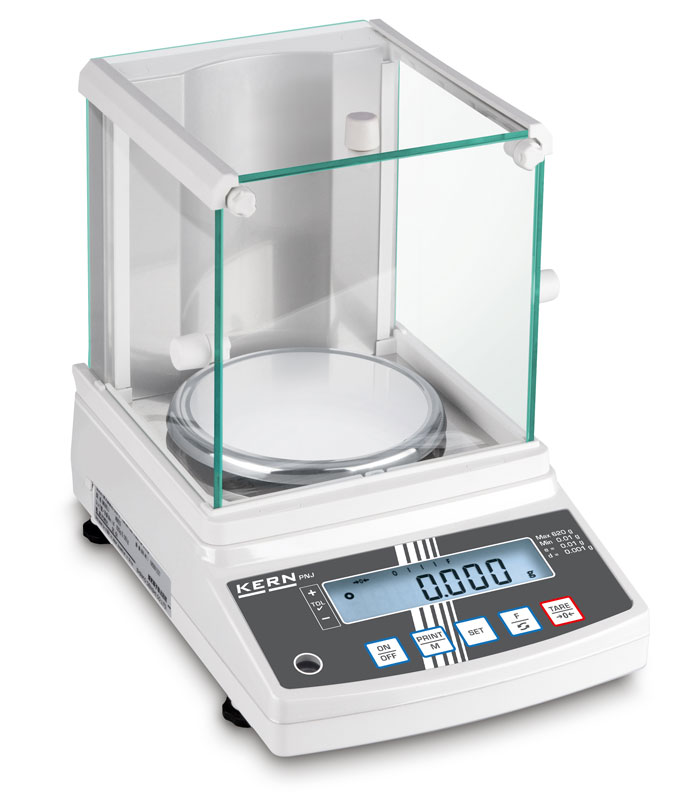
Calibrate for confidence
As an experienced partner for weighing technology, ESSMANN arranges DAkkS-compliant calibrations via the accredited calibration laboratory of KERN & SOHN GmbH. This not only provides you with reliable measurement results, but also strengthens your metrological security and legal certainty – vis-à-vis customers, partners and supervisory authorities.
Important to know: DAkkS calibration does not replace legally prescribed verification. However, it is the gold standard for reliable measurement technology where there is no calibration requirement.
Advice from specialist staff
Do you need a DAkkS calibration for your scales, test weights or measuring systems? Our experts will advise you personally – tailored to your industry and your quality requirements.
Contact us now:
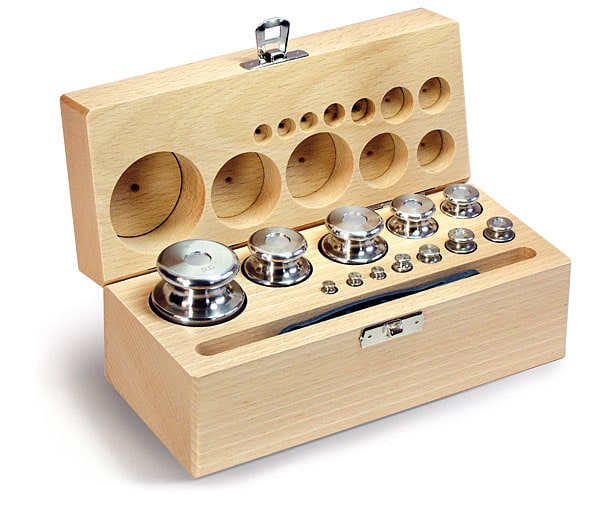
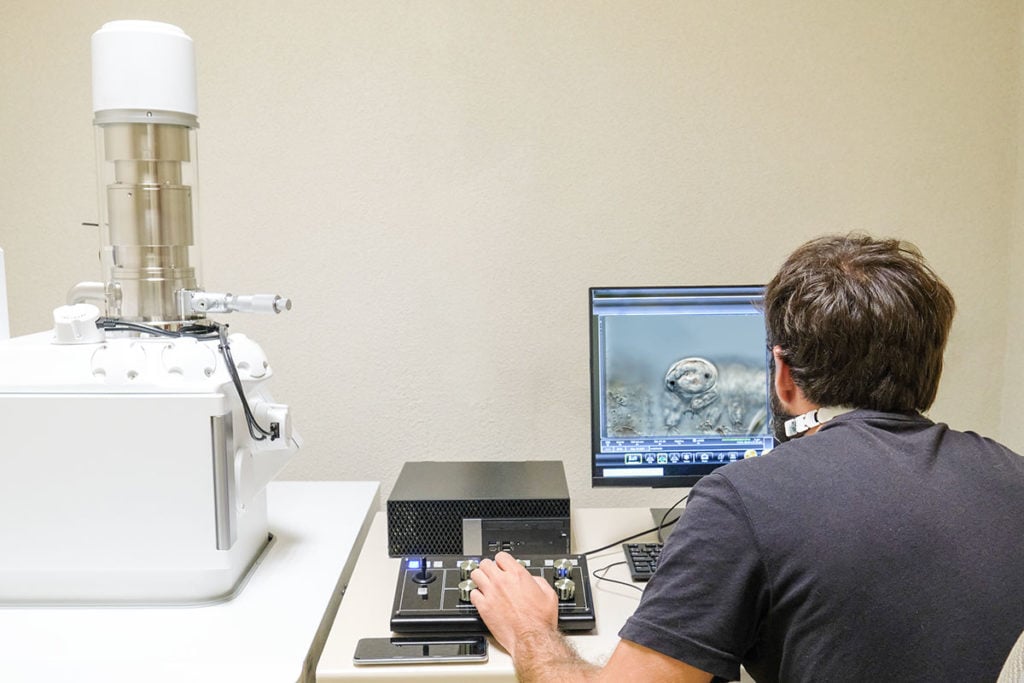
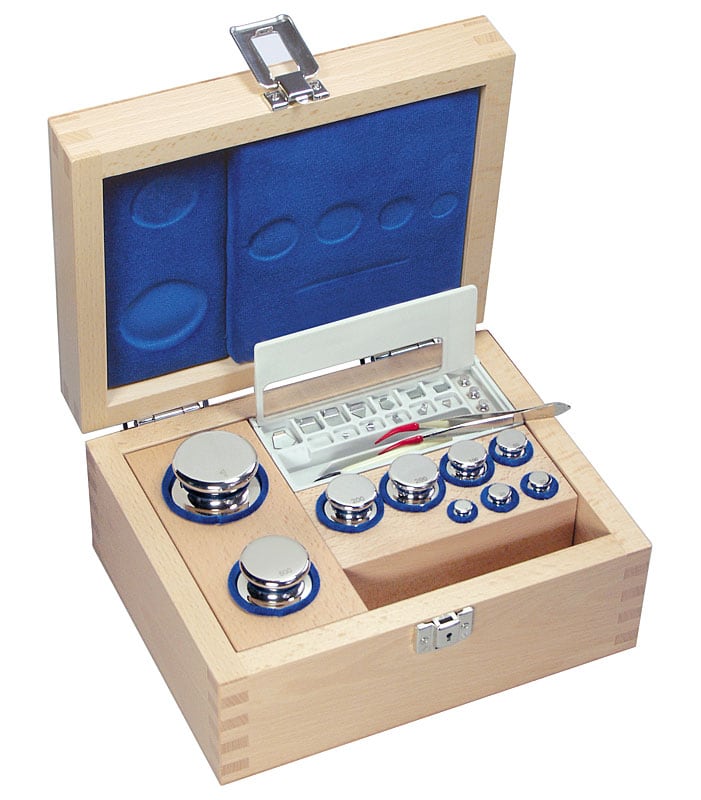
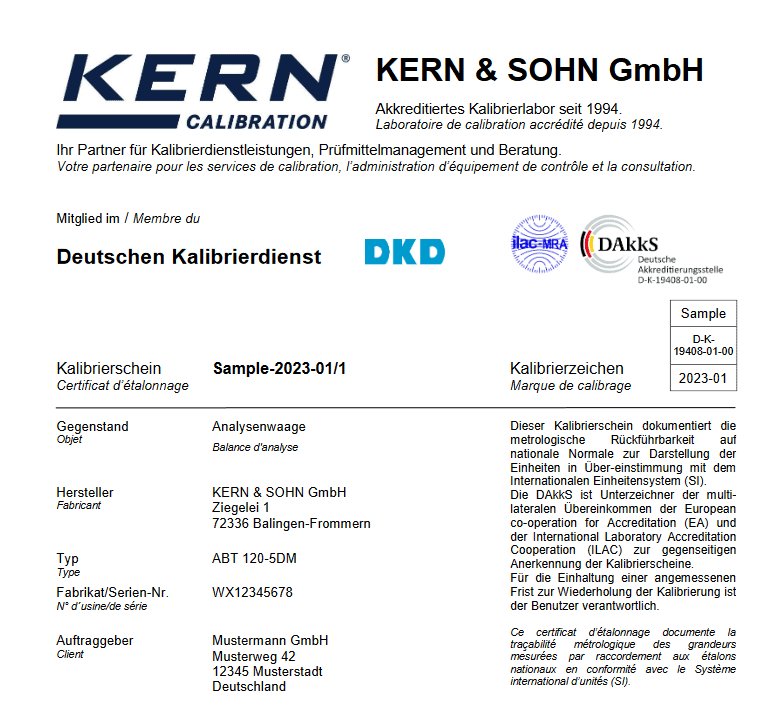
What else you should know about scale calibrations!
A scale is only as good as its accuracy – and this can only be guaranteed through regular calibration. Anyone who depends on reliable measurement results in industry, laboratories or quality management must ensure that the displayed values correspond to reality. Calibration is the central instrument for checking the accuracy of measurements.
When and why to calibrate
A scale should always be calibrated if it is used in quality-relevant processes – especially within the framework of certified QM systems such as ISO 9001, VDA 6.1, TS 16949 or GMP/GLP. Depending on the requirements, an ISO calibration or – for maximum metrological reliability – a DAkkS calibration by an accredited laboratory is used. This laboratory tests the scales under strictly documented conditions and issues a standard-compliant calibration certificate.
What happens during calibration
Calibration means loading the scale with traceable test weights and recording the measured values. This does not interfere with the technology – unlike adjustment. Every scale has a certain measurement uncertainty, which is made transparent during calibration.
Only test weights of defined OIML classes (e.g. F1) that are regularly calibrated are used. An F1 weight of 100 g, for example, may deviate by a maximum of ±50 mg. Each weight is documented and has a calibration certificate and serial number.
The process at ESSMANN
Calibration is carried out either directly on site or in our service center – the more economical solution depending on the number of devices and logistics.
Our specialists check the scales for damage in advance, clean them and carry out the calibration according to a defined schedule. During a DAkkS calibration, tests for repeatability, accuracy and eccentric load are standard. The result: a meaningful calibration certificate with complete documentation.
Adjustment and repair included
If a scale shows unacceptable deviations during the calibration process, it can be adjusted by us. Should a technical defect become apparent – such as a damaged load cell or a defective cable – we will carry out a repair after consultation. In this case, we can document both the initial values (“as found”) and the final values (“as left”) separately in the calibration certificate on request.
Calibration intervals and quality assurance
How often a scale should be calibrated depends on the area of application, the internal QM specifications and the required accuracy. In practice, annual or semi-annual calibrations are common. This is because the greater the unnoticed deviation, the higher the risk of faulty processes – with potentially high follow-up costs.
